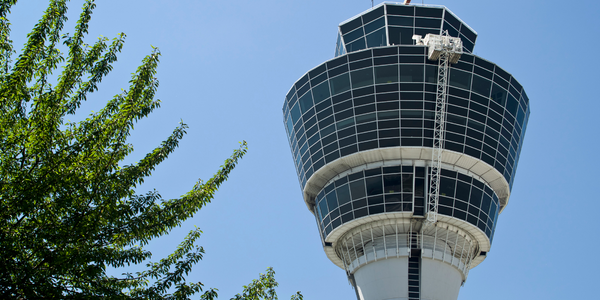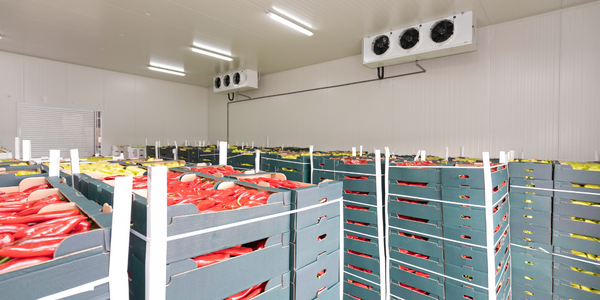Premium Economy Introduction
公司规模
Large Corporate
产品
- APT Test & Learn® software
技术栈
- In-market business experimentation
- Test vs. control analysis
实施规模
- Pilot projects
影响指标
- Customer Satisfaction
- Revenue Growth
技术
- 分析与建模 - 预测分析
- 分析与建模 - 实时分析
适用行业
- 航天
- 运输
适用功能
- 商业运营
- 销售与市场营销
服务
- 数据科学服务
- 软件设计与工程服务
关于客户
The customer is a leading international airline that operates a vast network of flights across the globe. The airline is known for its commitment to providing high-quality service and innovative offerings to its passengers. With a diverse fleet and a wide range of cabin classes, the airline caters to both cost-conscious travelers and those seeking premium experiences. The airline continuously seeks to enhance its service offerings and optimize its revenue streams through strategic investments and data-driven decision-making. By introducing new seat classes like Premium Economy, the airline aims to bridge the gap between Economy and Business Class, offering an attractive option for travelers who desire more comfort without the higher cost of Business Class. The airline's focus on customer satisfaction and revenue growth drives its efforts to experiment with new products and services, ensuring that it remains competitive in the dynamic aviation industry.
挑战
A leading international airline introduced a new seat class, Premium Economy, for a subset of its flights, hoping to bridge the gap between Economy and Business Class cabins for cost-conscious travelers and generate incremental revenue. The airline sought to answer two key questions: Would significant trade-down from Business Class occur? Would the investment in Premium Economy pay back across our flight network? However, the airline faced several challenges to reaching actionable insights. Given the inherent noise in its daily revenue data, the airline found it difficult to isolate the impact of this single change. The company also struggled to eliminate the bias that existed in the group of flights that received the new seat class – flights where Premium Economy had been introduced generated lower than average revenue and carried a higher than average percentage of business passengers. In addition, analysis was not straightforward because of the multitude of entities involved – flights, aircraft, customers, etc. Further, the airline was unsure of how to incorporate operational complications (e.g., last-minute aircraft changes) into analysis. These challenges made it difficult to understand performance of the Premium Economy introduction and if future investment was justified.
解决方案
Using APT’s Test & Learn® software, the airline analyzed an in-market business experiment to measure the revenue impact of the Premium Economy introduction. The software compared “test flights” in which Premium Economy was added to highly similar “control flights” that did not have a Premium Economy class, in order to isolate the incremental impact of the new seat class. APT’s rigorous test vs. control analysis showed that overall the new seat class did not have a significant impact on total passenger revenue. The introduction of Premium Economy drove a revenue decline in Economy, Business Class, and First Class. While some passengers traded up from Economy, other passengers traded down from Business and First Class, resulting in flat overall program impact. The software also enabled results to be broken out by different customer characteristics to provide a better understanding of how Premium Economy effectiveness varied. This deeper dive revealed that flights with a high percentage of passengers that traveled frequently drove the greatest impact on revenue. The software then automatically analyzed hundreds of flight attributes to identify characteristics associated with a higher revenue lift from the new seat class. Specifically, the software revealed that the Premium Economy introduction drove a greater impact for flights that carried a high percentage of business travelers, had lower previous passenger satisfaction scores, and were longer-haul.
运营影响
数量效益

Case Study missing?
Start adding your own!
Register with your work email and create a new case study profile for your business.
相关案例.

Case Study
Airbus Soars with Wearable Technology
Building an Airbus aircraft involves complex manufacturing processes consisting of thousands of moving parts. Speed and accuracy are critical to business and competitive advantage. Improvements in both would have high impact on Airbus’ bottom line. Airbus wanted to help operators reduce the complexity of assembling cabin seats and decrease the time required to complete this task.

Case Study
Aircraft Predictive Maintenance and Workflow Optimization
First, aircraft manufacturer have trouble monitoring the health of aircraft systems with health prognostics and deliver predictive maintenance insights. Second, aircraft manufacturer wants a solution that can provide an in-context advisory and align job assignments to match technician experience and expertise.

Case Study
Airport SCADA Systems Improve Service Levels
Modern airports are one of the busiest environments on Earth and rely on process automation equipment to ensure service operators achieve their KPIs. Increasingly airport SCADA systems are being used to control all aspects of the operation and associated facilities. This is because unplanned system downtime can cost dearly, both in terms of reduced revenues and the associated loss of customer satisfaction due to inevitable travel inconvenience and disruption.

Case Study
IoT-based Fleet Intelligence Innovation
Speed to market is precious for DRVR, a rapidly growing start-up company. With a business model dependent on reliable mobile data, managers were spending their lives trying to negotiate data roaming deals with mobile network operators in different countries. And, even then, service quality was a constant concern.

Case Study
Digitize Railway with Deutsche Bahn
To reduce maintenance costs and delay-causing failures for Deutsche Bahn. They need manual measurements by a position measurement system based on custom-made MEMS sensor clusters, which allow autonomous and continuous monitoring with wireless data transmission and long battery. They were looking for data pre-processing solution in the sensor and machine learning algorithms in the cloud so as to detect critical wear.

Case Study
Cold Chain Transportation and Refrigerated Fleet Management System
1) Create a digital connected transportation solution to retrofit cold chain trailers with real-time tracking and controls. 2) Prevent multi-million dollar losses due to theft or spoilage. 3) Deliver a digital chain-of-custody solution for door to door load monitoring and security. 4) Provide a trusted multi-fleet solution in a single application with granular data and access controls.


